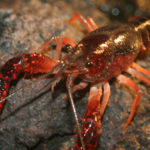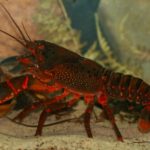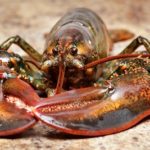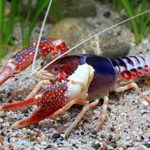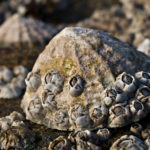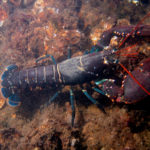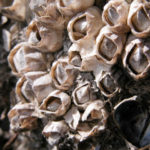Crayfish – information
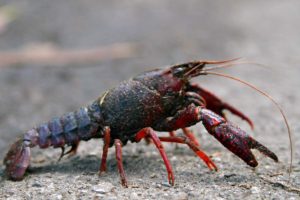 The world currently has about 300 species of crayfish (Astacus). In our country there are 3 genera with 4 subgenus of higher crustaceans, including 7 species of crayfishes. Local forms of these seven species make it possible to identify 11 subspecies and one local form inhabiting in inland waters of Russia.
The world currently has about 300 species of crayfish (Astacus). In our country there are 3 genera with 4 subgenus of higher crustaceans, including 7 species of crayfishes. Local forms of these seven species make it possible to identify 11 subspecies and one local form inhabiting in inland waters of Russia.
Two types of crayfishes are of commercial importance: long-fingered (Astacus leptodactylus Esch) and broad-shouldered (Astacus astacus L). In addition to these most common crayfishes , we live in some of the coldest water bodies, there is a signaling crayfish (which has different size claws), and in the intermittent reservoirs there is red bolted and white river crayfish.
The most valuable of these is broad-leaved crayfish, which lives exclusively in clean, fresh water. This is a large crayfish with a body weight sometimes reaching 60 to 90 grams, the yield of edible products in such crayfishes can be about 30% of the body weight. Unfortunately, this type of crayfish is very demanding to the quality of water and is prone to diseases, in particular the so-called “plague of crayfishes” which has a 100% lethality. Therefore, this type of crayfish currently has very little distribution, mainly in the North-Western part of the country, in particular in Karelia.
Long-crayfish crayfish is much more widespread and occurs almost throughout Russia, including in the reservoirs of the Moscow Region. This type of crayfish is not so highly environmentally friendly, it lives in both fresh and brackish water. Long-crayfish crayfish is more resistant to diseases, and although the plague of crayfishes causes the death of almost all infected populations, the revival of crayfish communities is possible in affected reservoirs in 5 to 7 years.
The nutritional value of a long-nosed crayfish is almost the same as that of its broad-fingered colleague, but the weight of a long-fingered crayfish is much inferior to that of its fellow and the rudro exceeds the mass in 40 g. By the same token, the yield of meat in relation to the total weight of the body is somewhat lower and is usually 15 – 20%.
To the reproduction of crayfish, the crayfish begin to set in cold water. Mating of crayfishes occurs in different basins at different times: a long-heeled crayfishes begin breeding in the Volga river basin and in the northern Caspian in October-December, white cannabis in the Danube in January-February, in the Dniester basin, crayfishes usually start breeding in March-April .
Long-liver crayfish, depending on the age (maturity occurs in the third year of life) can be harvested from 60 to 700 – 900 eggs. Widespread crayfish is less prolific and usually carries no more than 250 eggs. Crayfishes are sanitarians of reservoirs, destroying decaying remains, they contribute to improving the sanitary condition of water bodies. The daily diet of crayfishes can reach 4 – 5% of body weight.
Artificial breeding crayfishes is possible with the help of two types of technology: pond-extensive, and industrial.
In the pond method of the caught producers, the crayfish is planted in ponds with an area of 0.1 hectares and after the larvae have left, their pond descends from their parents, adult crayfishes are taken from it, and the remaining larva is fed and provides them with the optimal hydrological regime.

